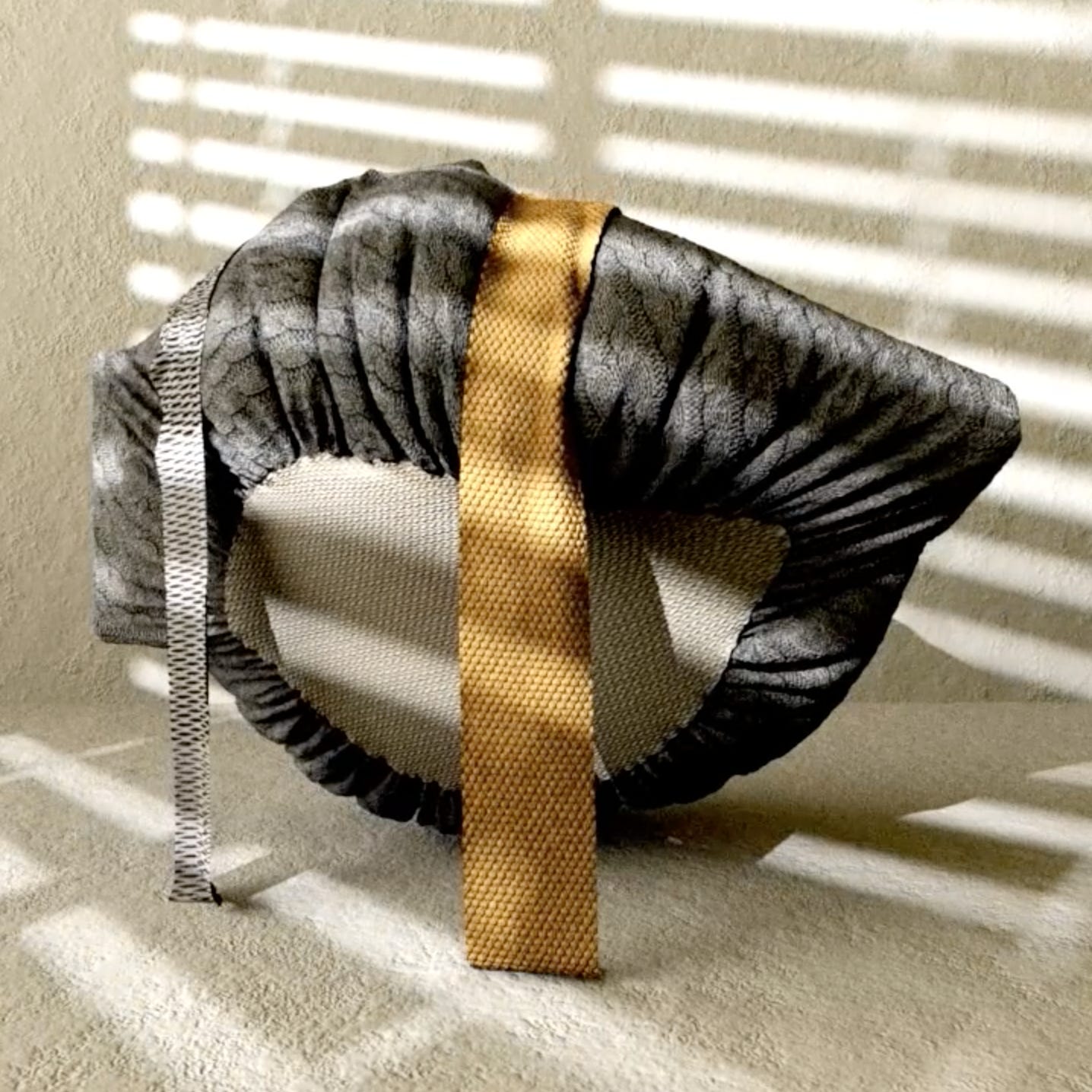Mutant Lotus Blossoms in the Dank Memetic Stream
an artwork by Taktil and wtf is going on with NFTs
Still image of Üru by Taktil, see the full animation here.
Have you seen these glyphs that float down the Twitter river Styx? In Greek myths, the Styx was a river of hate that separated the land of the living from the dead, and Charon ferried souls across for a fee. Crossing the Twitter timeline isn’t free either. When you open the app it’s sort of like that—an infernal river of takes—though if you follow the right artists, every so often a strange, looping animation will drift by, open a portal in your pre-frontal cortex, and deliver a positively dopaminergic charge.
People call them NFTs. Often these are GIFs, and they float by with links to sites where they’re bought and sold. There’s a ton of aquatic flotsam in the stream of NFTs these days, but we needn’t get lost in the squiggles, celebrity marketing, and cartoon collectibles. Let’s consider some razor-edges of art.
This is a special evolutionary fork of art history. Unlike physical artworks—which have to be ported into screens via reproduction—these artworks exist natively on social media platforms and online marketplaces. Their ecosystem is a naked competition for your attention, far more pure and rarified in this regard than trad art that hangs, isolated, in white-walled galleries. And when really smart, really savvy artists take on these constraints and inject their own weirdo vision, things get interesting.
One such work, Üru, by the anonymous artist Taktil, snagged my gaze the first time it floated past. In what appears to be a bedroom, a sort of mattress sculpture hovers above the floor, gently expanding and contracting in a slow, respiratory dance. The fabric bulges and swells, as if alive or containing a mysterious sentience. Broad slats of light from unseen blinds slink up and down the frame. Two strands of textile drape across the sculpture, gently wafting to and fro. The motion is unpredictable, balletic, communicative but not quite making sense. You want to watch it to decipher. What exactly is this otherworldly mattress—an ever so intimate structure—up to? Is it dreaming, or have we stumbled across an insomniac hallucination of the internet itself? Üru is a twenty-second cinema that recalls David Lynch, or early Jeff Wall photographs touched by sci-fi.
Painters say the first job of a painting is to get you to look at the painting; writers know a sentence has to get you to read the next. This is not a bad thing. Attention has always been at the core of art, because attention is at the core of consciousness.
But attention isn’t equal. As an artist, you have choices. Will you stoke the limbic fires with boobies, popular image tropes slightly tweaked, rainbow doodles that stim-up brainstems without further content to get in the way, and so forth? Or will you be an attention innovator?
The dance of attention is more than a question of content and form, medium plays a role too. For a physical artwork to be shared online, it’s usually photographed—but photographs flatten, and the complex dynamics of physical experience are lost. A ten-foot painting looks a hell of a lot different in person vs on your phone in Instagram, and don’t get me started on what happens to sculpture. Natively-social internet art can be shared in its own medium at light speed, and this velocity is unleashing a multiverse of artistic attention-getting such as we have never seen. Like every incumbent, the contemporary art world is lurching through one stage or another of denial, holding tight to its own entrenched attentional formats. All the while, interesting, edge-case NFTs are innovating via their ability to fascinate in the most distractible of environs, mid-Styx. I was taken by Üru because it makes use of elements that could not be more everyday—a simple room, fabric, the slanting light of blinds—and from them generates a captivating, deliciously claustrophobic experience, at once primal and alien.
It’s so intimate to catch glyphs like these in the river on our phones. They shine on Twitter. Sandwiched between trends and rants, adjacent to our texts and unread emails, the fuzzy belly of a supernatural mattress beckons in soft side-light. Perhaps it wants to share a secret about bedrooms, the claustrophobia of cellphones and the 2020s, and how to somehow hover through it all. The best NFTs illuminate muddy realms, like mutant lotus blossoms in the dank memetic stream.





I’m curious how Uru was created. It must be CGI, but how were the parts and movements defined?